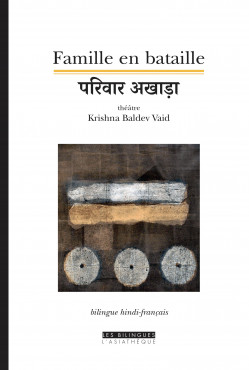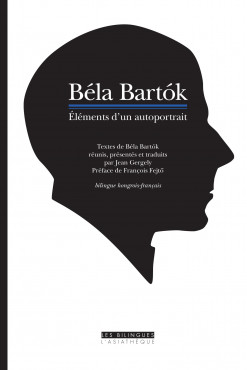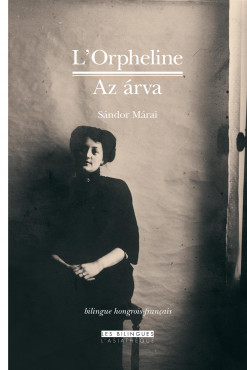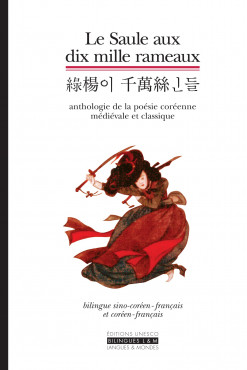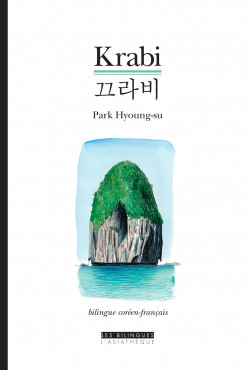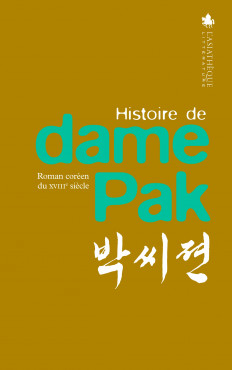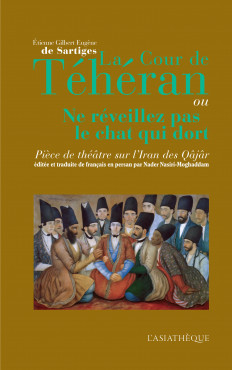Krishna Baldev Vaid
The two plays by KB Vaid included in this volume present to the audience, in very lively everyday, even popular language, the contemporary problems of the Indian subcontinent, and through them our own at this critical time when the future of the Earth is in question.
Béla Bartók
Fifteen texts, articles, interviews, and letters, which testify to the intellectual rigour, the tireless willpower and the very unique humour of Béla Bartok. The first, devoted to the music of Liszt, was written in 1911; the last, a letter to his son Béla, dates from 1941.
Sándor Márai
A collection of five short stories. Published in 1941, it deals with the difficulty of having a harmonious coexistence between one's professional and private life.
Jean-Baptiste Phou
Four women of different generations meet at the Cambodian consulate in Paris to carry out administrative procedures. They come into conflict, but also have fun with their integration experience.
Anonymous
A series of Korean poems from the classical era, a Korean sensibility using the Chinese alphabet until the 15th century, when the Korean alphabet (han'gul) was invented. The work presents in particular poems called Grand Silla dated 57 BC. AD and writings of the scholar Kim between the 15th and 16th centuries. Local songs, poems from three lines or Buddhist poems are offered.
Park Hyoung-su
Krabi, a small seaside resort in Thailand, is like a mirror of the soul: the lost paradise of childhood, the dream of perfect love and catastrophe. Krabi becomes in turn a seducer, a breaker of couples, and a theatre of chaos, to become one with the hero.
Anonyme
An arranged marriage unites the son of a great scholar and the daughter of a hermit named Pak. But on the wedding night, the young husband is terrified by the ugliness of his wife and runs away. Dame Pak takes refuge in a villa surrounded by a garden to study the great texts and deepen her knowledge, which allows her to help her husband's success and save the country from the Hou invaders.
Alain Germain
The texts of a show created for the bicentenary of the Institute of Oriental Languages, which brings together all the sounds of the languages taught in this institute.
Hasam Sah
This long narrative poem, written at the end of the 18th or the beginning of the 19th century, belongs to the heritage of oral tradition inherited by the Panjabi. It is preceded by a presentation which situates its geographical, social and literary context.
Etienne Gilbert Eugène de Sartiges
A play on the court of the Qajars, in Persia, in the middle of the 19th century, accompanied by the description of Nader Nasiri-Moghaddam's literary investigation to discover the author and the origins of this work.
